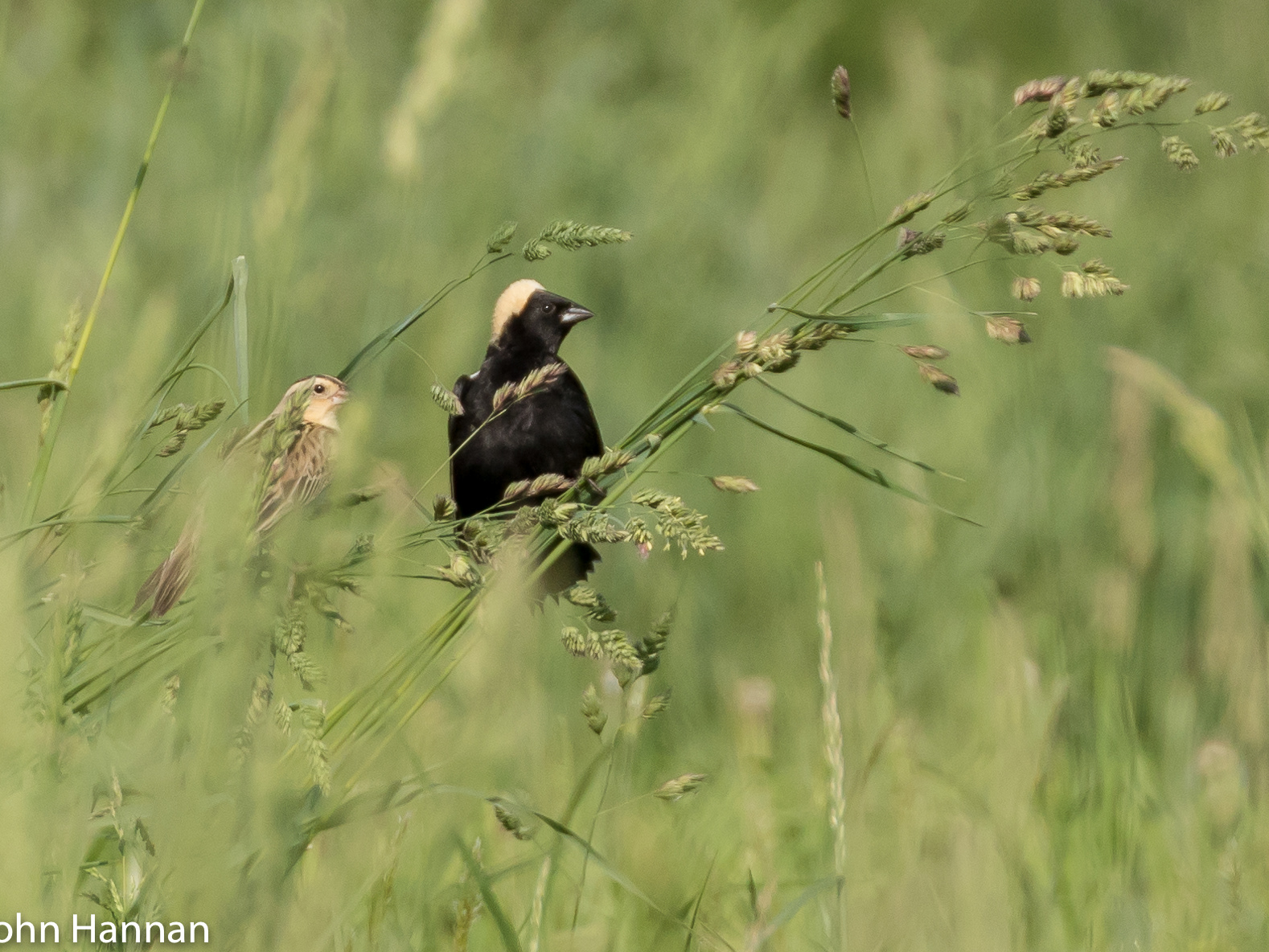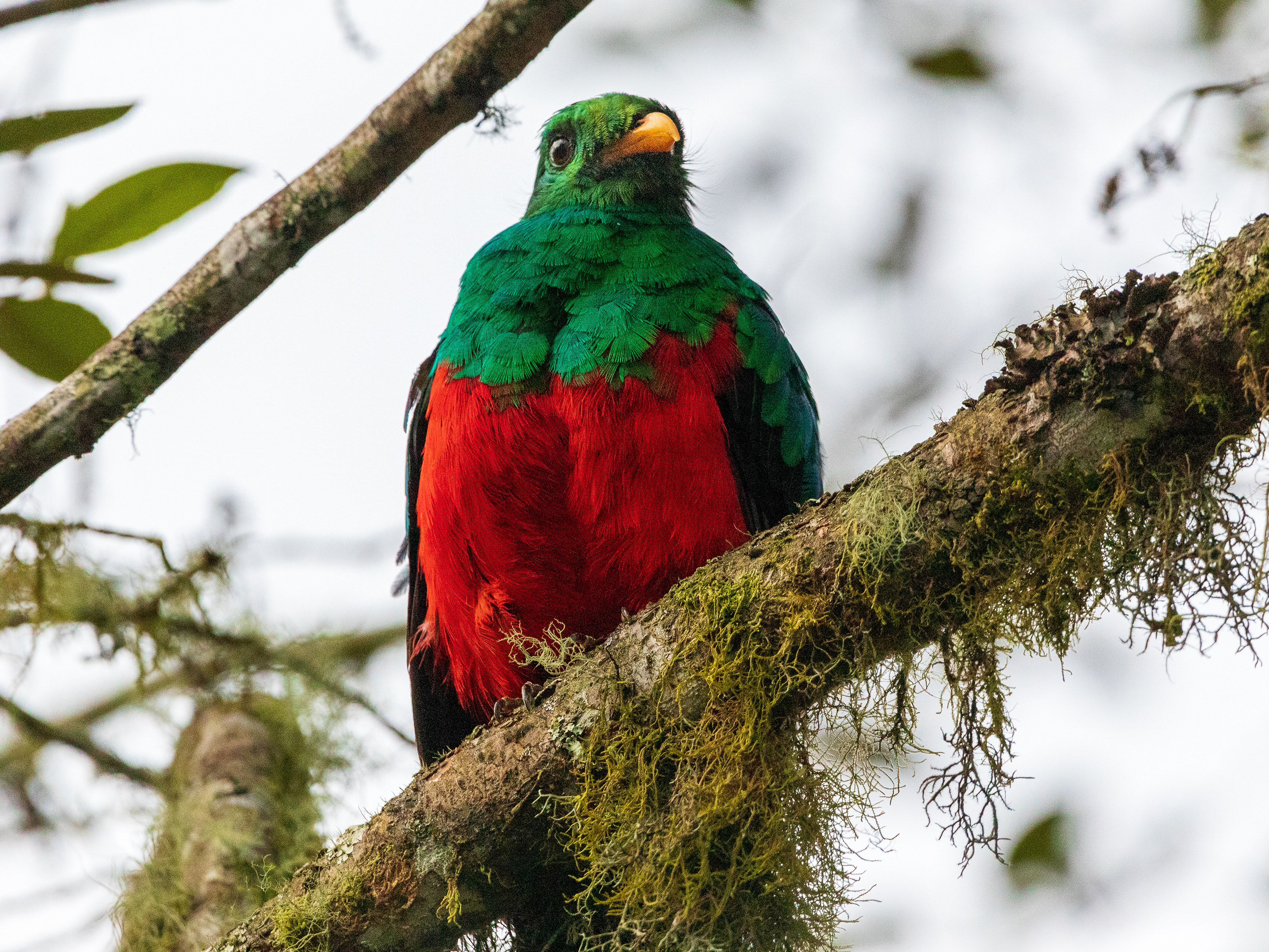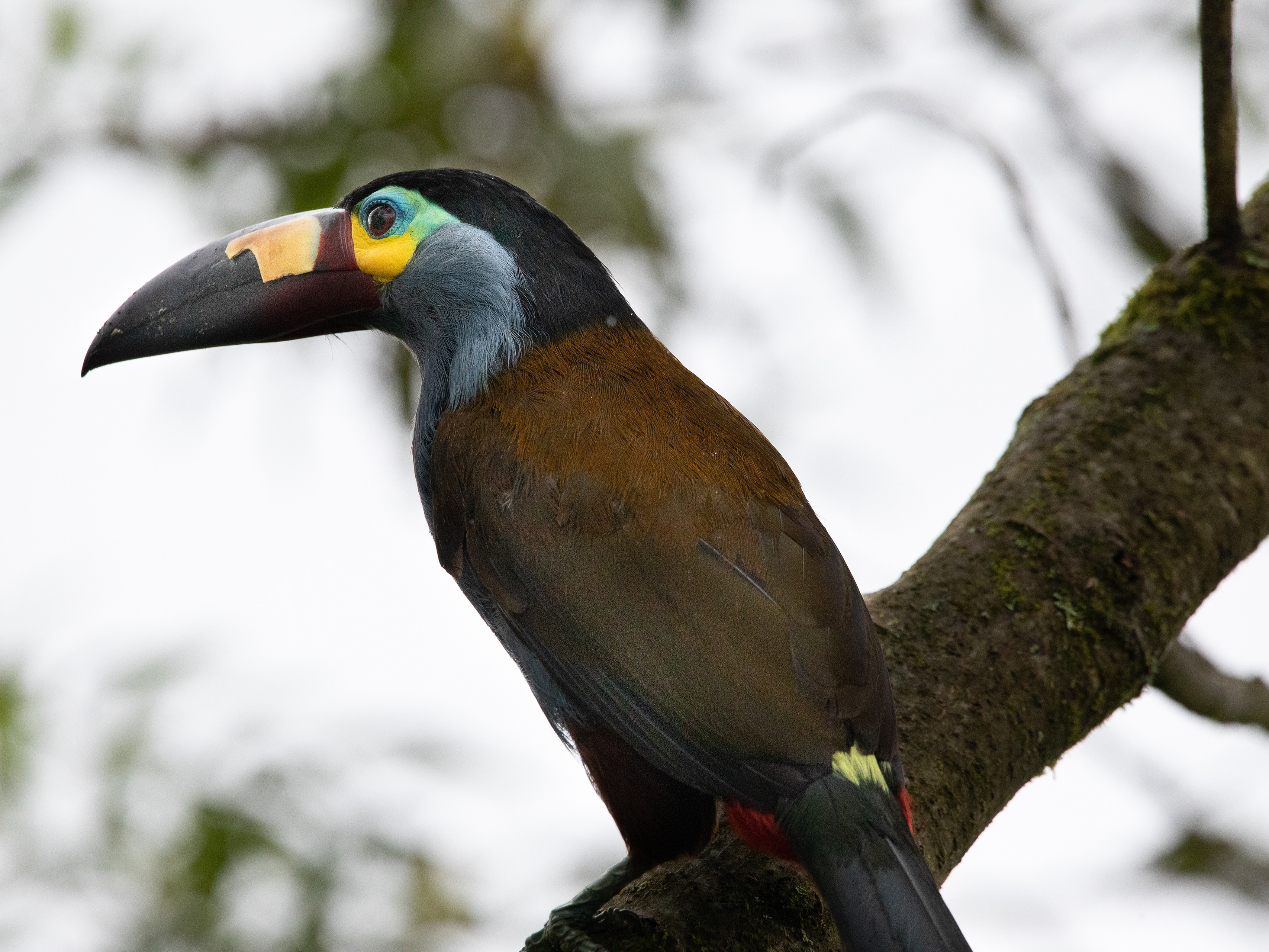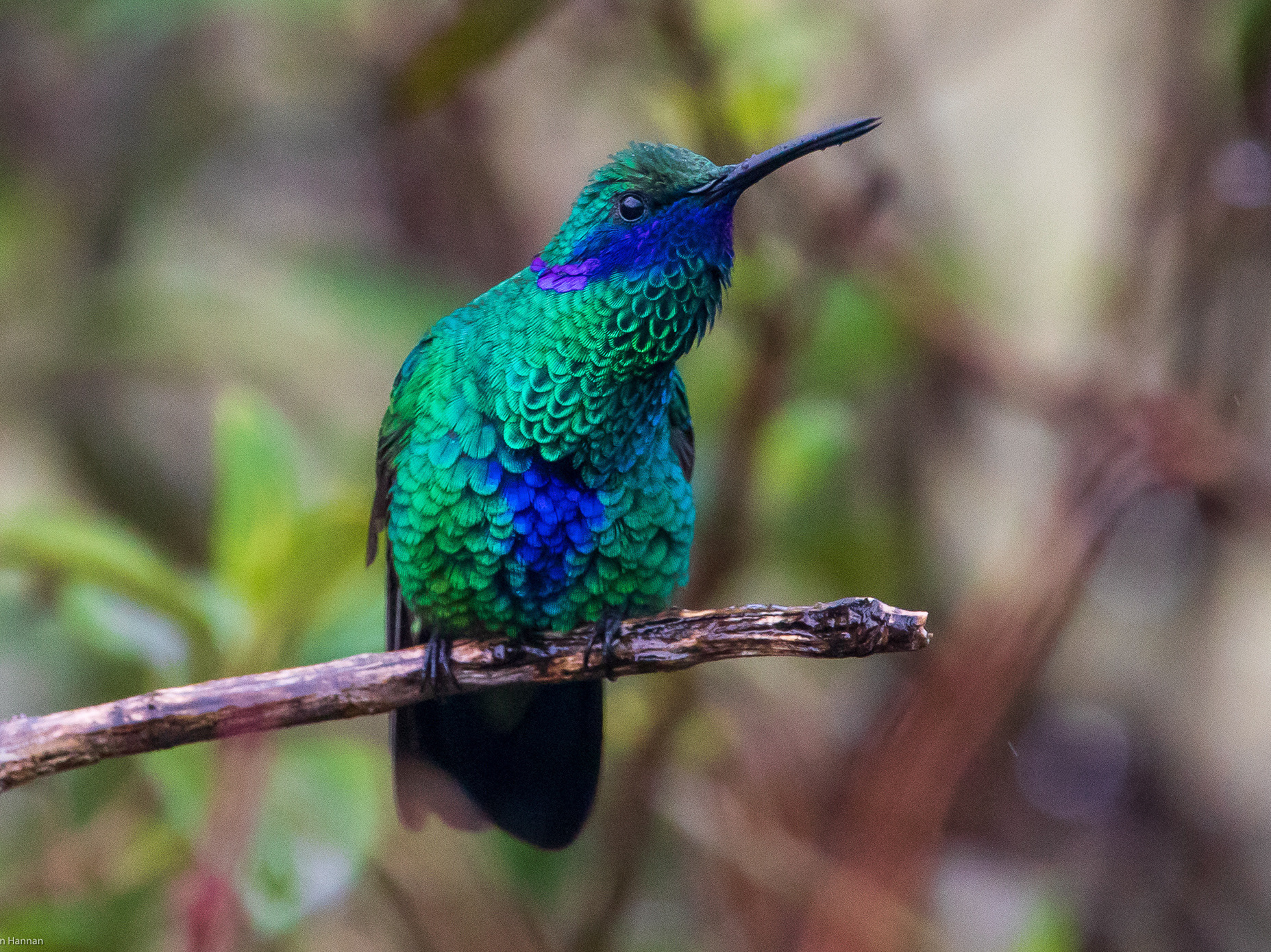The Bay is prime nesting for American Avocets. This pair were standing guard over at least two chicks, aggressively chasing off anything that flew or walked near them. Taken at around 11 am in full sunlight, I shot this at 1/1250 sec at f 7.1 so I had some depth of field to capture both birds in focus with an ISO of 250 to recuse as much noise that heat waves in the air can cause. All images on this page were taken with the Canon D7 Mark II and Canon 100-400 mm Mark II lens.
American Avocet chicks
Another nesting species of the Bay is the Black-necked Stilt. This image was taken at noon when heat noise has its worst effect on images so I pushed the Iso down to 250 with a shutter speed of 1/1250 and f stop of 5.6
Great Egrets are one of the man wading birds that nest in the Bay. This image was taken at 8:30 am also at 250 ISO but higher speed of 1/2000 at f 6.3 and shows how the lower, softer morning light just does wonders for allowing detail in white feathers, even from a pretty good distance.
American Avocets keeping even small Sandpipers away as their chicks cross an inlet.
One of the many migrant species that use the Bay in spring and fall, Marbled Godwit.
Another migrant shorebird, the Whimbrel.
Western Sandpipers who will move on to the Arctic tundra to breed.
Caspian Tern, part of the local breeding colony.
Forster's Tern, also a local breeding species.
Local nesting species, Cliff Swallow. Swallows are notoriously hard to photograph as they twist and turn in flight chasing insects we can't even see. We were right above their nesting site on a platform so I figured out which direction they liked to exit from, how they tended to do their first banked turn, found a point of reference that gave me an approximate focus in that area and waited for a group of birds to exit so I could get several who would come through the camera giving the auto focus a chance to capture at least one. It was 10 am so the light was still pretty soft, not as low as I would have wanted thus shadow under the wings, Shot at 1/2000 at 6.3 with an ISO of 250 and was able to get reasonable detail as this bird sped past me.
While waiting for the Cliff Swallows took advantage of this passing Black-necked Stilt.
American Avocet
Black-tailed Jack Rabbits are very common, unfortunately the heat haze really affected this image.
Interesting mix of year round Mallard ducks with seasonal nesting American Avocets and passage migrant Marbled Godwit, showing the continual wildlife use of the Bay. Just beyond the scope of the lens were migrant Northern Pintail ducks, Western Sandpipers and many more species, all who depend on this mix of open water, mud flats and marshes.
Shooting chicks, especially shorebird chicks is a challenge because they are practically nothing, a few grams of fluffy feathers, legs and a beak. The camera's sensor really does not know what to make of these tiny moving targets that tend to wander in areas where heat haze generates lots of noise for the camera as well. I try to shot with as low an ISO as possible, in they case 250 and push the speed up (1/1250 with f 6.3 here) in order to compensate for the fact they move quickly and are constantly changing direction as they peck at potential food sources.
Cliff Swallow
American Avocet
Caspian Tern
Forster's Tern
American Avocet









